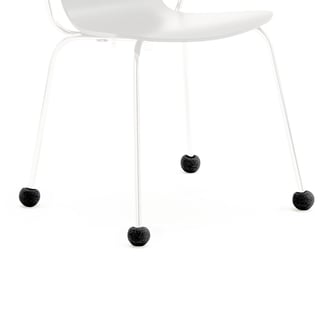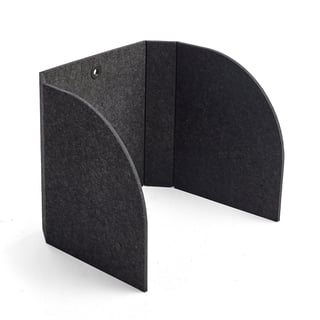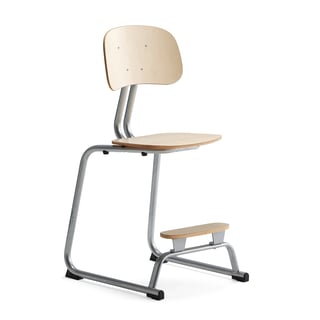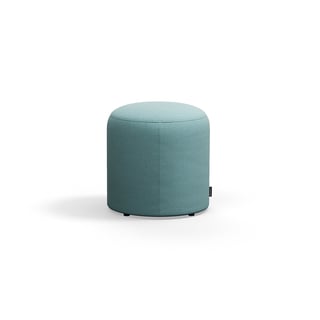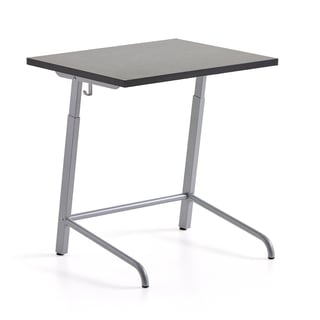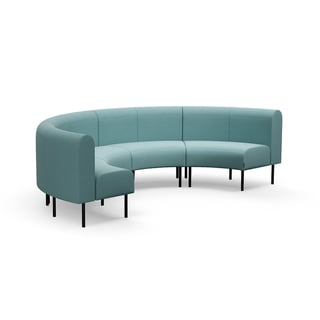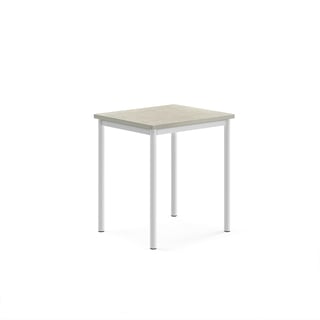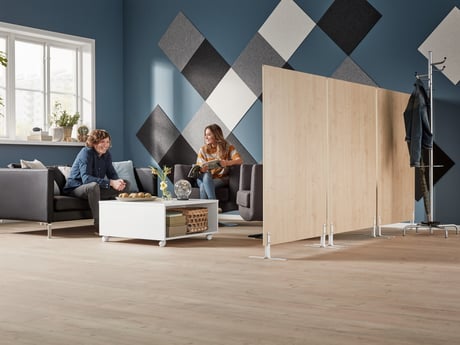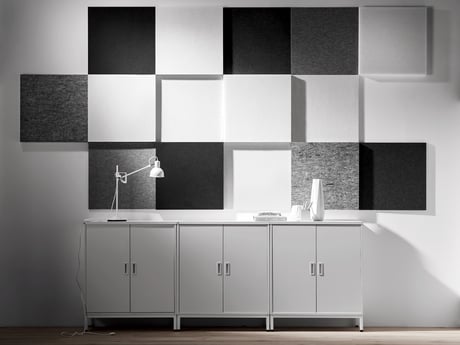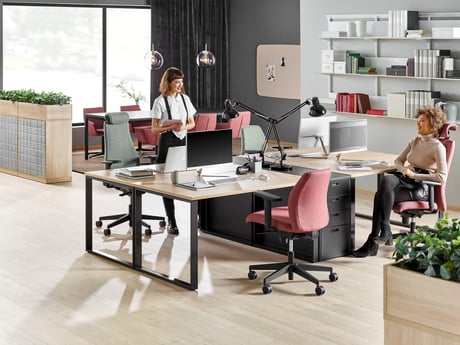- AJ Products UK
- Blog: Tips to Inspire Happiness at Work
- Tips & trends
- Tips from an acoustics expert for a better sound environment at school
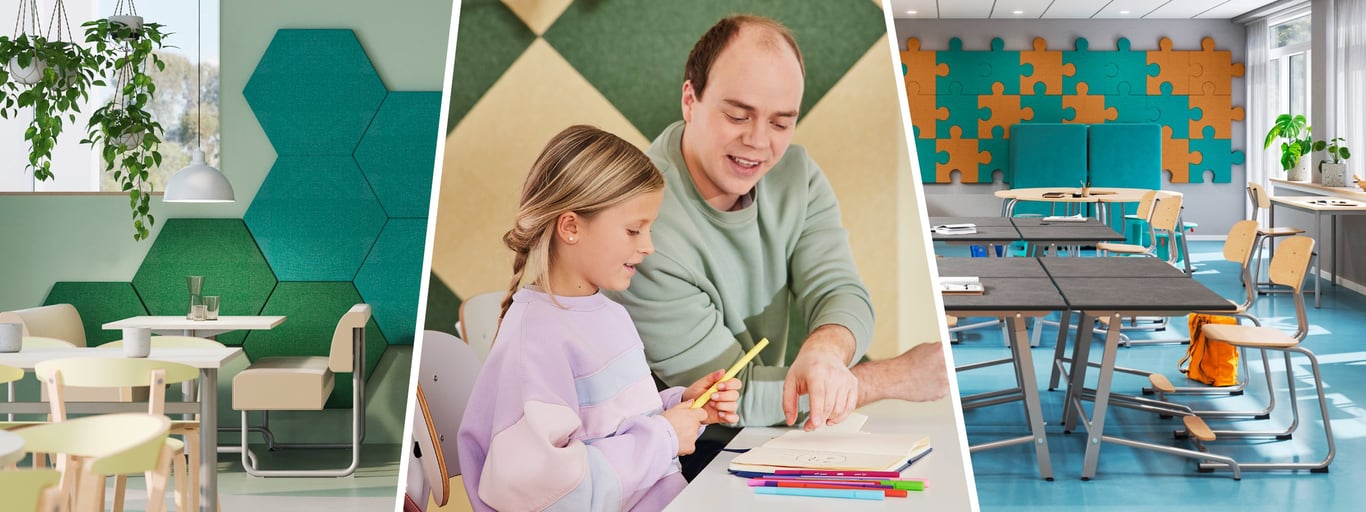
Tips from an acoustics expert for a better sound environment at school


Everyone wins with less noise at school
An intense sound environment at school not only has a negative impact on the students' health but also decreases their ability to learn and understand speech by causing headaches and stress. In addition, maintaining focus on schoolwork and hearing the teacher's voice in noisy environments can become difficult for students. Classrooms require good acoustics!
Teachers can also become stressed by loud noises. Research has shown that when noise levels go up, the heart rate increases, with blood pressure and adrenaline levels also rising. Loud noise over time can lead to both tinnitus and hearing loss. Therefore, it is important to actively work to improve the school's sound environment.

How can we resolve disruptive noises?
What exactly is sound and how does it move in a room? To put it simply sound is small changes in the air pressure, which we perceive with the help of our hearing. Sound travels in all directions as wave motions and reaches us directly as well as through reflections in surfaces like walls and ceilings. This is caused by the fact that sound waves bounce off and are reflected by hard surfaces, which results in a prolonged reverberation. On the other hand, soft surfaces absorb some of the sound each time it goes through, lowering the noise level in the space.
Fortunately, it is possible to reduce noise by using these steps:
1) Stop the sound at source.
2) Block the sound and trap it as close to the sound source as possible.
3) Absorb the sound that has been carried on in the room.
4) Diffuse or break up the reflected sound.
A sound-absorbent ceiling makes all the difference
As the ceiling makes up such a large part of a room, an acoustic suspended ceiling is the best way of creating a space where speech can be easily understood. There are guidelines for designing the acoustic environment in public spaces. To meet the requirements, classrooms and dining rooms should have a suspended ceiling with tiles that are at least 40 mm thick.
To interrupt reflections between the walls of the room, acoustic panels with a minimum thickness of 40 mm should be fitted to one of each pair of opposite walls. A good rule of thumb for creating a good acoustic environment is to cover between 10 and 15% of the total wall surface with acoustic panels. To achieve the best results, the acoustic panels should be positioned at the same height as the students' and teachers' ears (when they are standing and sitting), for example from 700 mm above floor level up to 1900 mm.
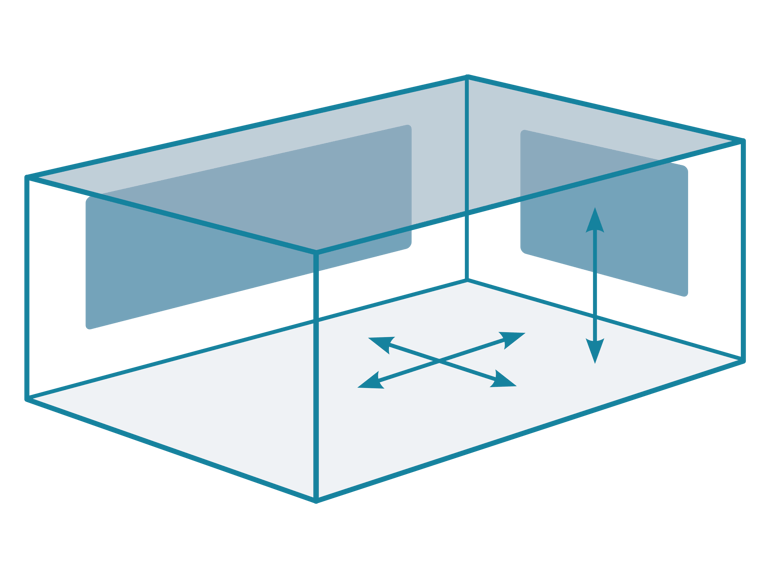

Tips for quieter classrooms
Sound-absorbent fittings are needed in classrooms to lower noise levels when a lot of people are talking at the same time and to enable students to understand what the teacher is saying. If the students can easily hear the teacher's words, they will find learning easier and will also feel calmer. Good acoustics are also important for teachers' health because your heartrate can rise as noise levels increase.
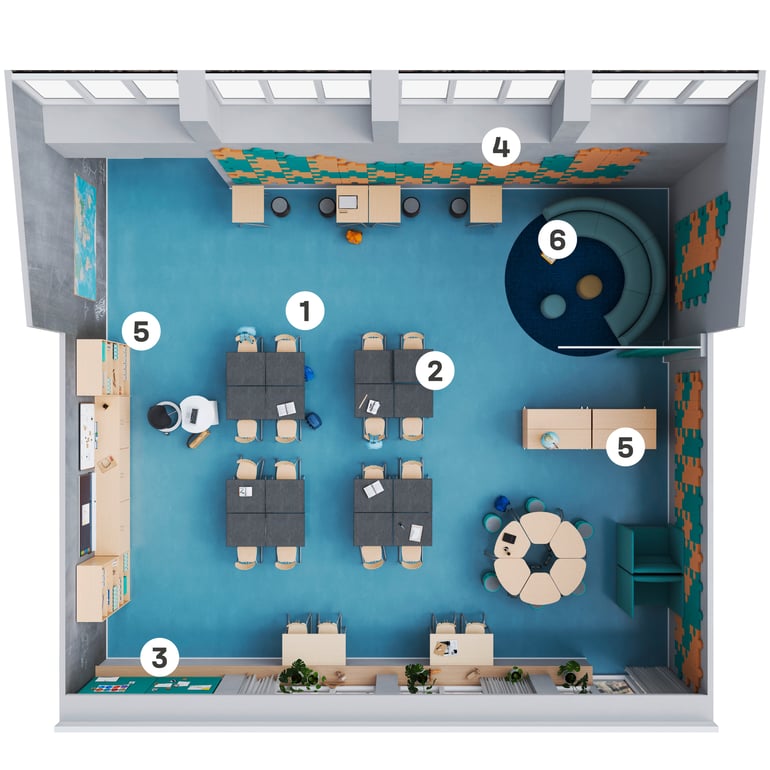
1. It is a good idea to choose chairs with a skid frame because they make less noise than chairs with four legs. If that is not possible, put felt pads on the bottom of the chair legs to reduce the scraping sounds.
2. Tables with sound-absorbent tops are available.
3. Sound-absorbent panels at the same height as the blackboard help to break up the sound being reflected off the hard wall and make it easier for the teacher to speak and be heard. The panels should be positioned at the same height as the teacher's ear and should be at least 40 mm thick.
4. Fitting sound-absorbent panels on one of two opposite walls is an effective way of breaking up sound reflections in the room, which goes a long way towards creating a pleasant sound environment.
5. Open storage units help to spread sound effectively (while doors reflect sound). This type of furniture breaks up the reflections between the walls and directs the sound up into the absorbent ceiling panels.
6. Due to their size, upholstered sofas are very good at absorbing sound, particularly low-frequency sound, which prevents people from understanding what is being said. This is particularly helpful for students with hearing impairments and children who speak English as a second language. Upholstered pouffes also absorb sound.
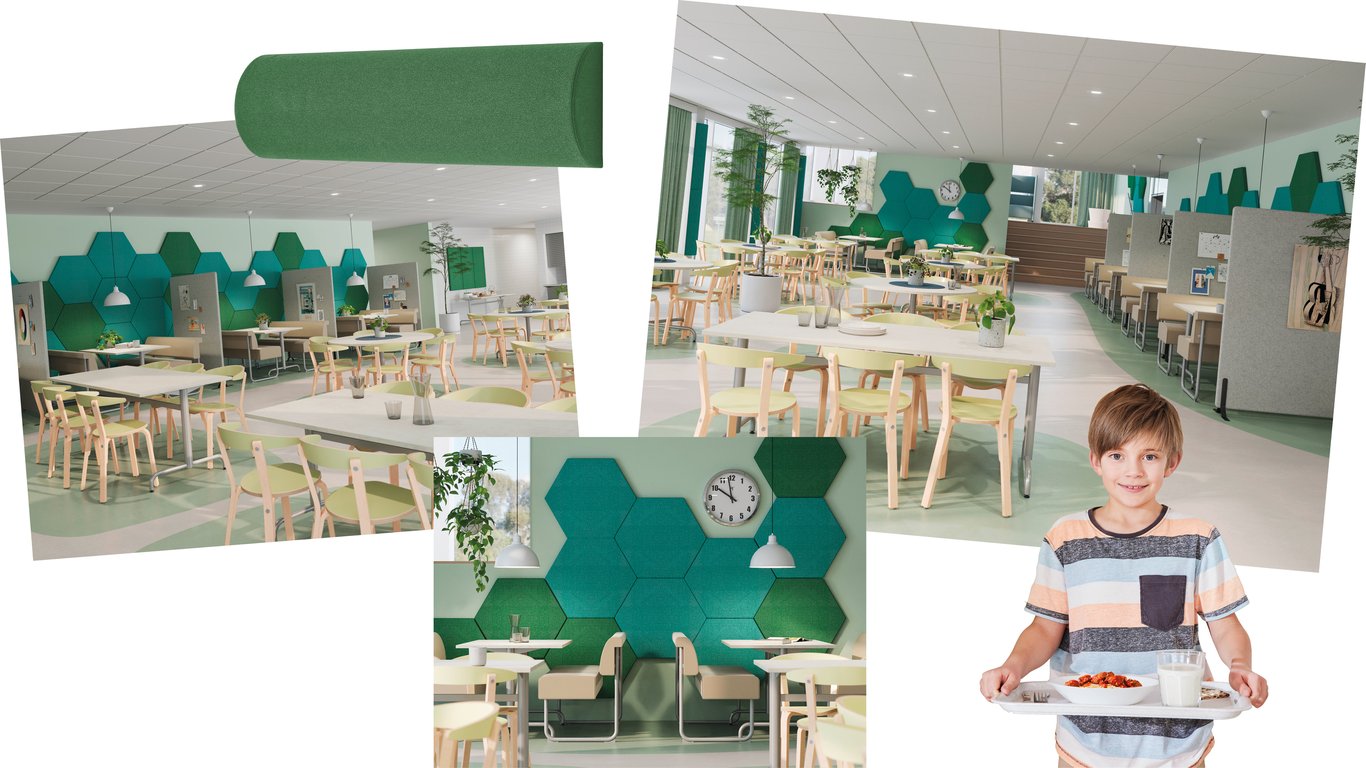
Tips for a quieter dining room
Studies have shown that the senses of hearing and taste are connected. This means that it is more difficult to taste food properly in noisy environments. Students and staff need time to rest during their lunch break, so therefore it is important for the school canteen to have a quiet and relaxing sound environment.
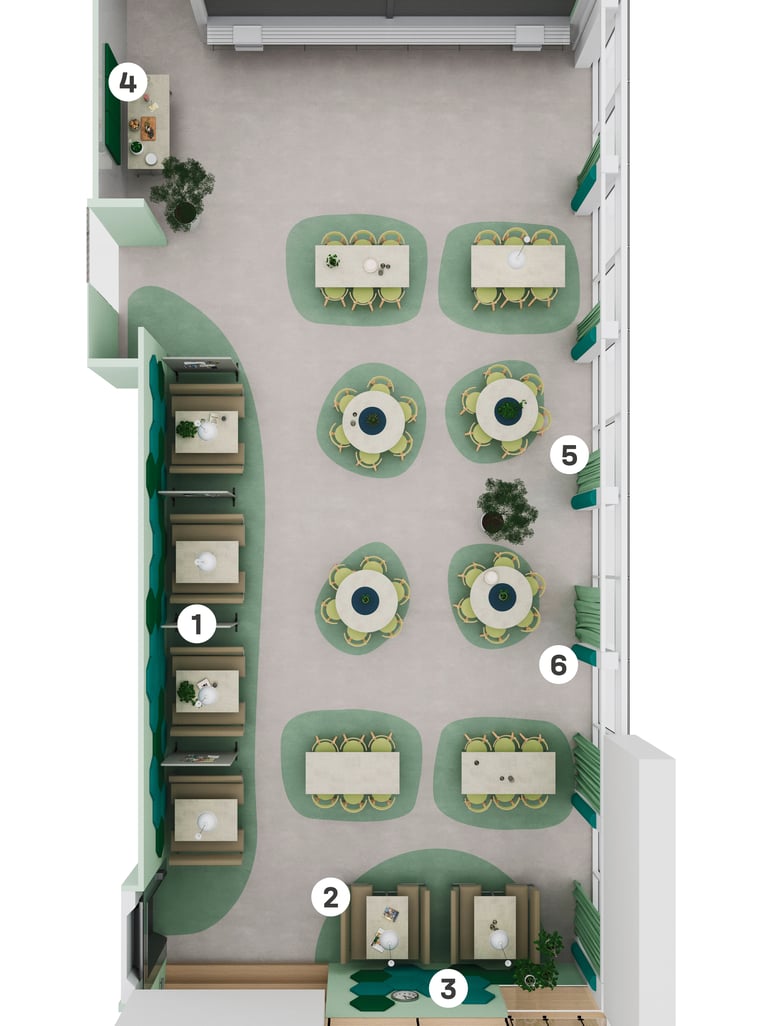
2. It is a good idea to have upholstered sofas in the canteen because they absorb sound effectively.
3. Placing wall-mounted acoustic panels close to the source of the sound—the conversations carried on around the tables as well as the clatter of plates and cutlery—increases their effectiveness.
4. A wall-mounted acoustic panel breaks up the sound reflected off hard walls and reduces the spread of noise from the kitchen. The panel should be at least 40 mm thick and positioned at ear height.
5. Curtains and heavy textiles work well as a complement to acoustic panels. They must be pleated so that two meters of fabric cover one meter of wall surface. They must also be hung a little way out from the wall or window.
6. Semi-cylindrical acoustic panels between the windows are both effective and decorative.
